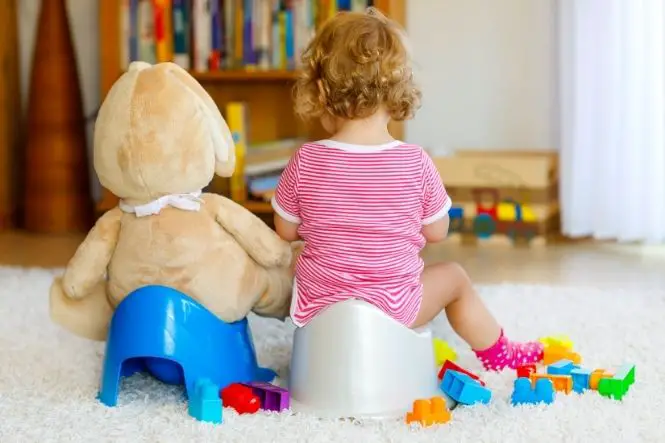As parents, we begin caring for our children’s teeth from the moment that their first little pearly white emerges. As our babies grow into toddlers, we show them how to brush properly and for a sufficient time to do a thorough job. By the time they are school-aged, most youngsters have developed consistent brushing habits. But what we might not be aware of is that often their toothbrushes introduce more germs into their mouths than what they remove.
The Importance of Healthy Toothbrushes
We are careful to protect our children from undue exposure to dangerous germs and bacteria, but very few of us have considered the idea that something as simple as a toothbrush can be the perfect breeding ground for bacteria. Most of us store our toothbrushes uncovered in our bathrooms, arguably the most germ-laden area of the entire house. Additionally, many families place their toothbrushes in a communal mug on the countertop, providing the perfect environment for the transfer of germs from one member’s brush to another’s.
James Song, a biochemist from the University of Wisconsin and author of the book, Why Your Toothbrush May Be Killing You – Slowly, believes that the average toothbrush can harbour enough germs to put its user at an increased risk for heart disease, stroke, arthritis, and chronic infections.
His theory is that when brushing, tiny nicks in the gum tissue provide openings for the introduction of bacteria directly into the bloodstream. Other experts concur; a Manchester University study found that the typical toothbrush harbours about 10 million germs, some of which can be deadly, including E. coli, candida, staphylococci, and streptococcus.
Columbia University Medical Center released the results of a study on oral hygiene and heart disease in February 2006. They discovered that bacteria taken from the mouths of volunteers with heart disease showed that those same bacteria were present in the arteries – scary stuff!
How to Lower the Risks
So what are we to do? We certainly cannot stop brushing our teeth, but there are a few things that you can do to lower the risks for your family:
- Never share toothbrushes. Reintroducing our own germs into our mouths each time we brush is bad enough, but using someone else’s toothbrush adds a variety of new bacteria.
- Choose a soft-bristled toothbrush which is less likely to damage gum tissue that a harder bristled brush.
- Consult your dentist for advice on proper brushing and flossing techniques. This is especially important for children, who are establishing lifelong habits.
- Store toothbrushes in individual, sealed containers, preferably inside your medicine chest.
- Replace toothbrushes at least every three months, more often for family members who have been ill or suffer from an immune system disorder.
- Sterilize toothbrushes regularly by immersing them into boiling water.
- Consider purchasing a toothbrush sterilizing unit that plugs into a razor socket. You can purchase one online at www.germterminator.com, which will sterilize toothbrushes in mere seconds.




